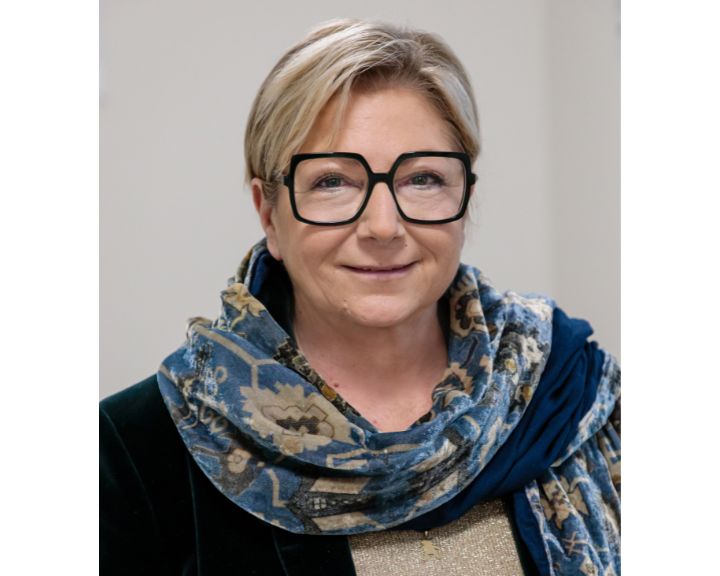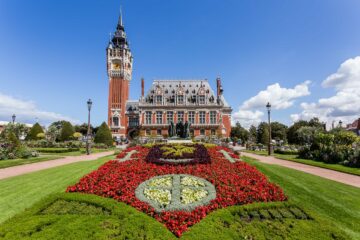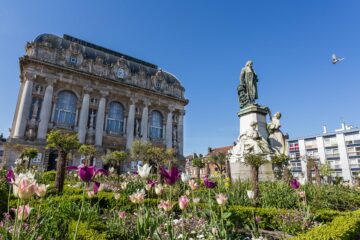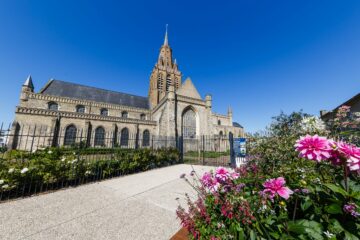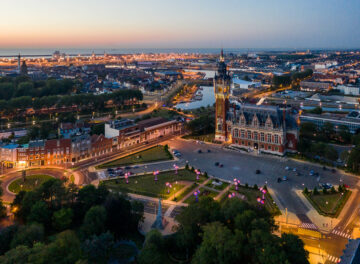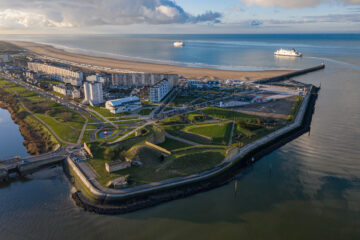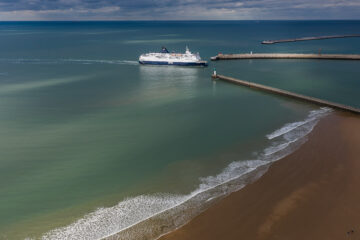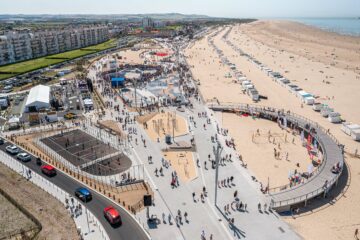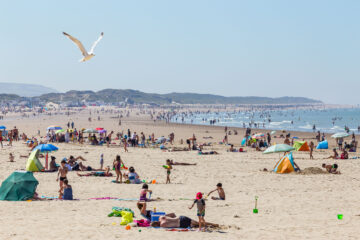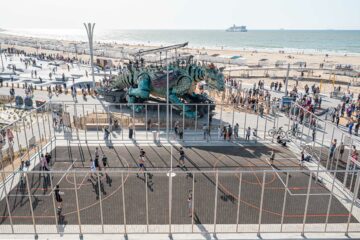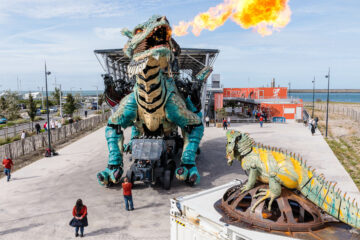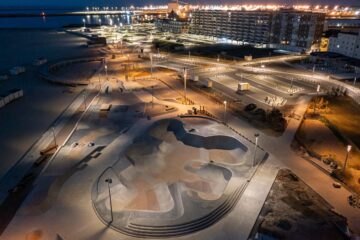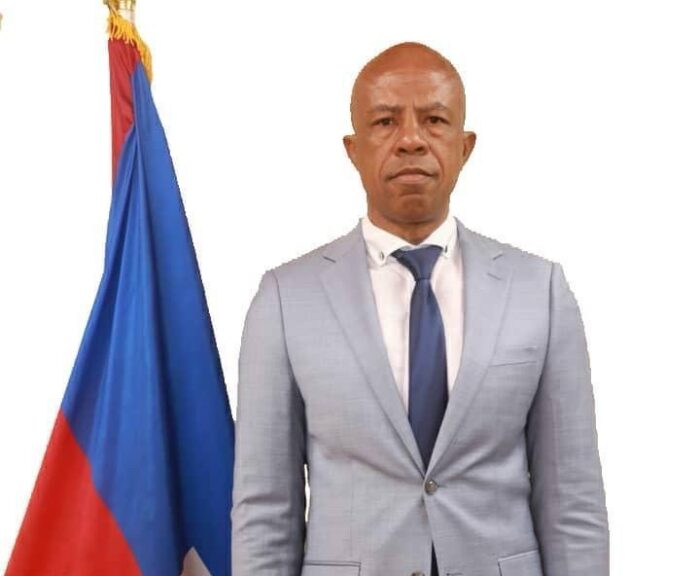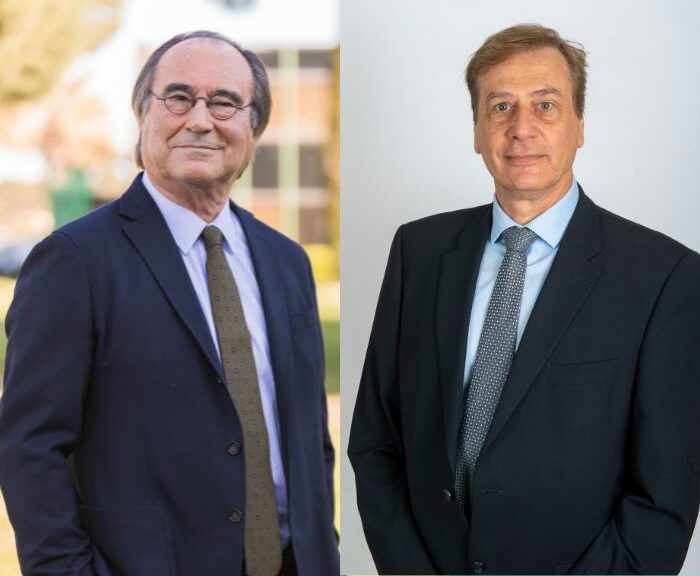The city of Calais, a historic link between France, the North Sea, and the British Isles, lies on what is known as the Opal Coast, in the Pas-de-Calais département. Its commercial and fishing port has experienced rapid growth since merging with the nearby port of Boulogne-sur-Mer, and the city’s busy ferry terminal is the largest in France. Calais municipal authority works to ensure that the various port operations are carried out sustainably and with respect for the local community.
The city of Calais joined the AIVP in 2023.
We have always been committed to finding a balance between the interests of our citizens and efforts to raise our international profile.
Madame Natacha Bouchart; Mayor of Calais
AIVP – You recently became a member of our association. Can you briefly tell us about your organization?
Calais is the biggest city in France’s Pas-de-Calais département. A historic city, it is the United Kingdom’s gateway to continental Europe. Calais has many strengths: its ferry port is the largest in Europe, with an average of 10 million travelers passing through it every year. It also handles a third of all RoRo freight traffic between Europe and the UK. In addition, the city has a tourism policy built around the Calais Dragon, a huge mechanical construction that is estimated to generate around 15 million euros in income annually. The waterfront was completely redesigned and redeveloped in 2021, providing all citizens with access to a pleasant, eco-friendly space and several miles of fine sandy beaches. Today, Calais is a perfect balance of history and modernity, making it an essential destination just a short distance north of Paris.
AIVP – What are you looking to gain from our international network, and what can you bring for our other members?
As a dynamic hub, Calais has showed that it is capable of evolving to meet the modern requirements of managing flows of passengers and goods. We have expertise to share in areas ranging from logistical planning to managing migration flows and effective border infrastructures. Our commitment to innovation and understanding international trends makes Calais the ideal partner for any business or organization looking to optimize its cross-border operations.
By leveraging our experience and know-how, we are confident in our ability to deliver expertise in the areas of passenger and goods traffic, and efficient border management.
AIVP – The city of Calais is well-known as a major gateway to the UK or the rest of France. Some of the traffic that passes through it, which includes British tourists visiting France every summer, is vital for small retail businesses, hotels and restaurants. However, the location is not without its difficulties, as migratory pressures have demonstrated on several occasions. What are you doing to balance the quality of life for local residents with the passenger transport activities at the port of Calais?
We have always been committed to finding a balance between the interests of our citizens and efforts to raise our international profile. By adopting an effective events and entertainments policy, we can cater for both residents and the tourists who visit the city before embarking. Our new port gives us a location close to the city center, but without creating any sources of disturbance, like noise or visual pollution, that could impact the local community.
The new waterfront is a good example of how achieve both objectives, as it allows the people of Calais to take advantage of the beach and the port undisturbed, while providing travelers with an exceptional environment in which to embark. We have also invested heavily in measures to secure ferry crossings. The migrant crisis has had a major impact on the image of Calais and cross-Channel services. The media haven’t given much coverage to our initiatives aimed at cleaning up the city’s image. By tightening security, whilst adopting a firm but humane policy, I think we can safely say our efforts have been successful.
AIVP – The city of Calais recently redeveloped the waterfront with several interactive tools. What were the most important aspects of the project for you?
Calais LA Plage is an urban development project that was a decade in the making. A decade with just one goal: to change the city’s image! With the Dragon, the project represents the urban and tourist regeneration of a city that has too often been stigmatized as a result of the migrant crisis. It was severely affecting our residents, and so we decided to do something about it. We needed an ambitious project, firmly focused on the future.
The waterfront has now been completely renovated to make it accessible for persons with reduced mobility, and also features relaxation areas with a solarium. There will be specially created play areas for families and children. As it always has been, Calais beach remains a popular spot for sports with a variety of facilities, including fitness equipment, a workout area, a mini-stadium, and – the pride of Calais – the biggest skate park in the region covering 4,000 m2.
That was the main objective: to make the people of Calais proud of their city again, make it a place that tourists would want to visit, and counter the image of a city tarnished by the migrant crisis.

